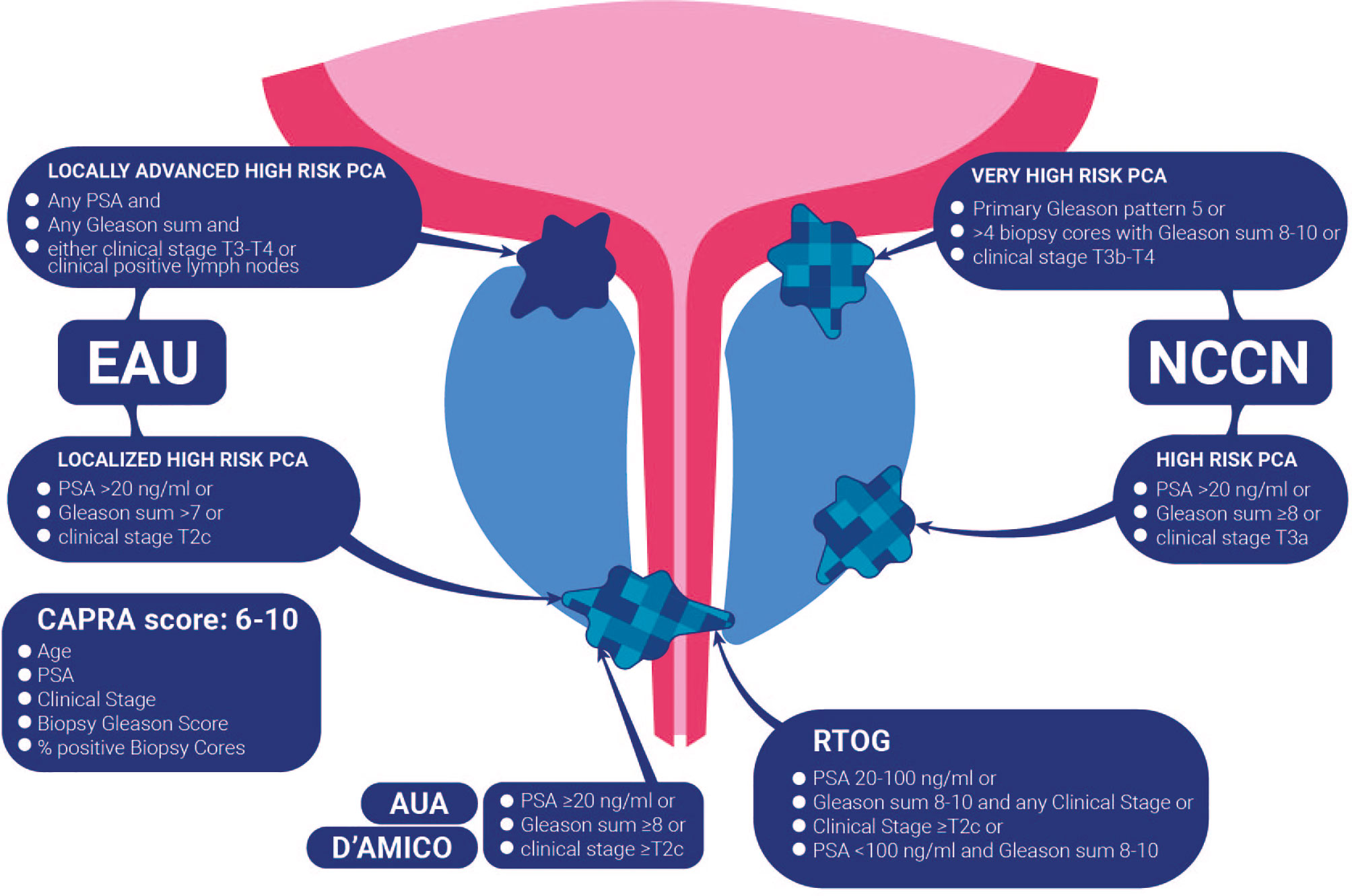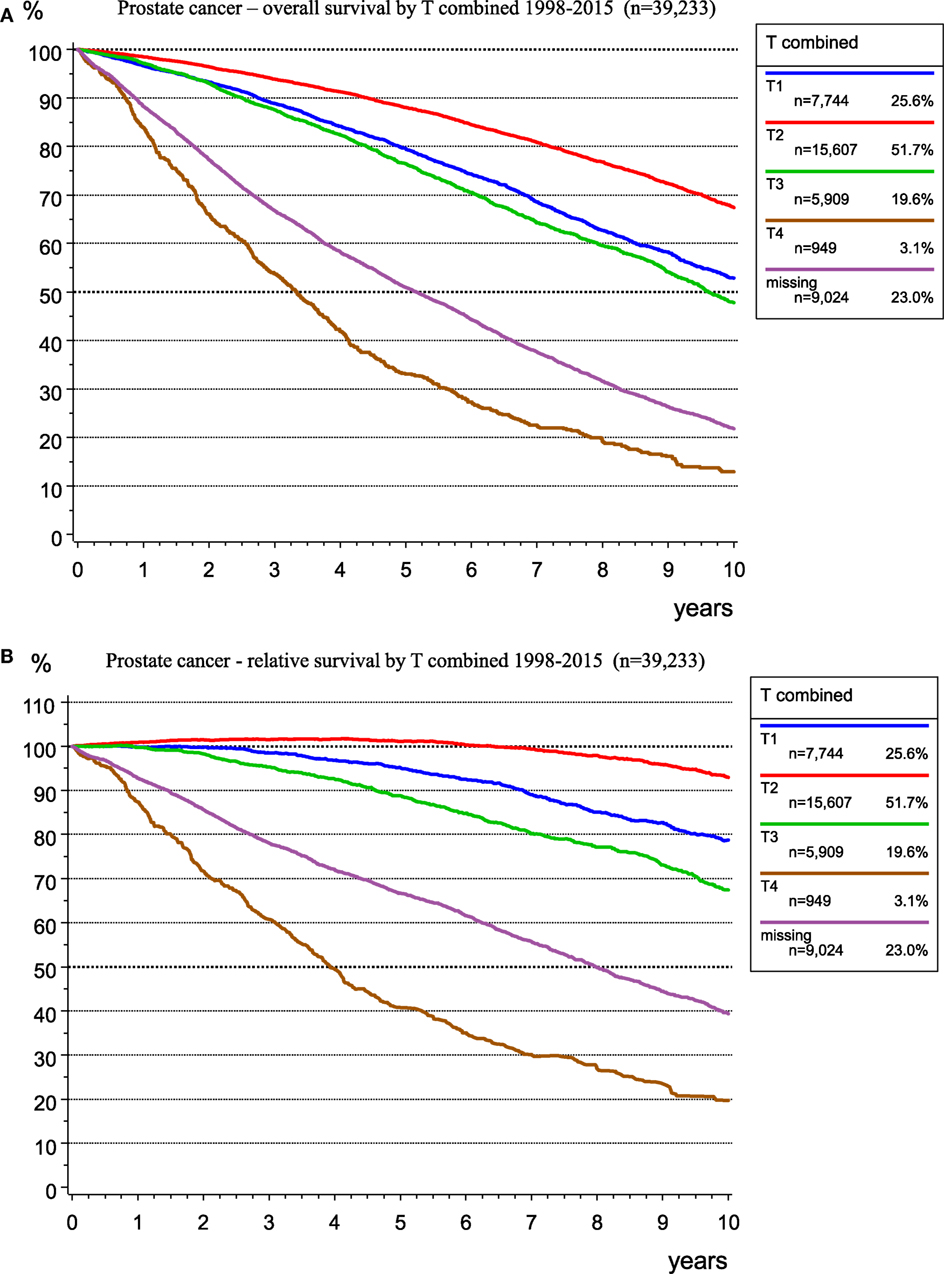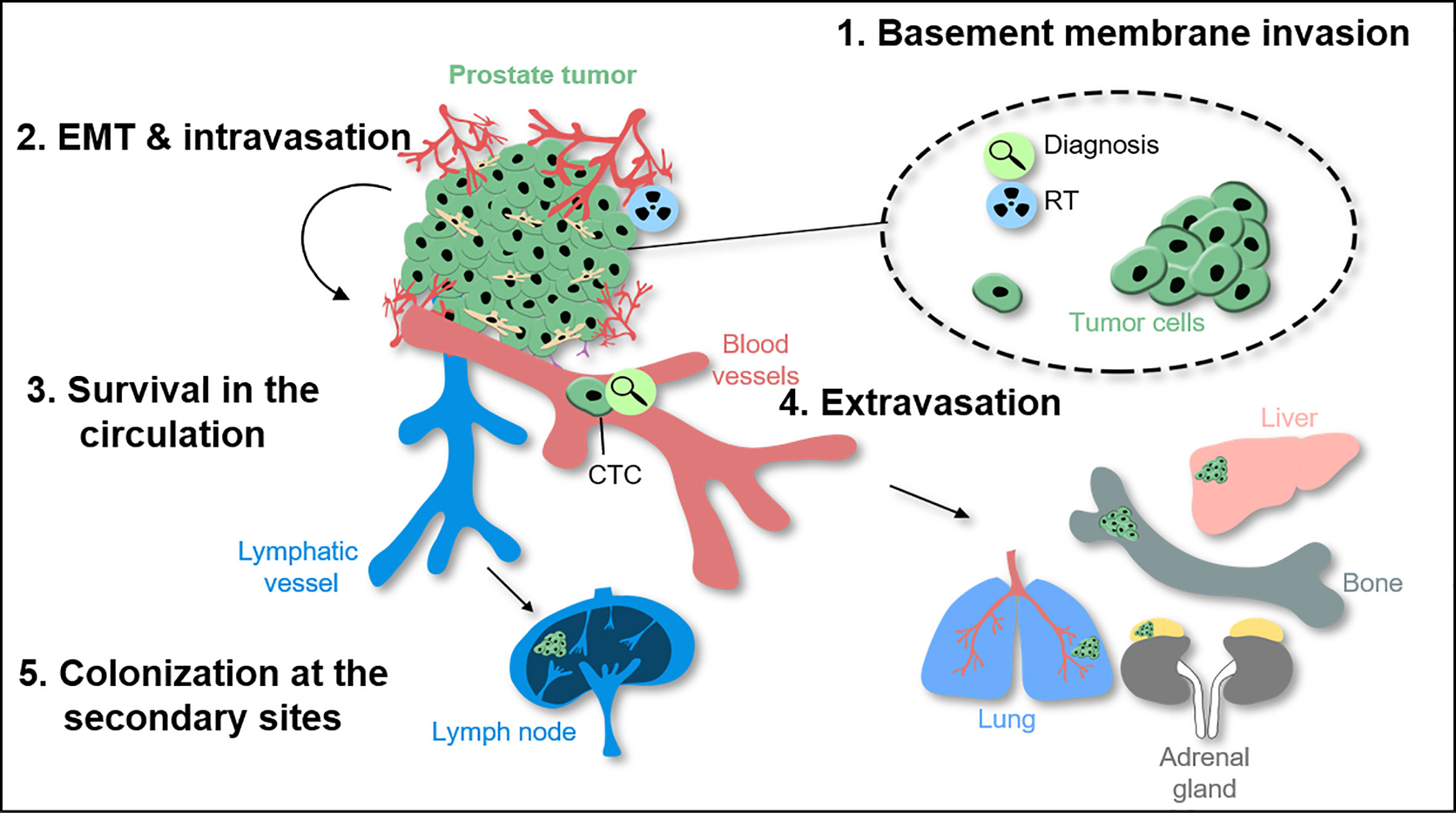Prostate cancer is a prevalent disease that affects millions of men worldwide. In this article, we will explore ductal prostate cancer, a specific subtype that accounts for about 1-5% of all cases. Unlike other types, ductal prostate cancer originates from the cells lining the ducts of the prostate gland and tends to be more aggressive.
It grows rapidly, forms large tumors, and can cause urinary symptoms. While it is more commonly diagnosed in older men, particularly African American men, each case is unique. Understanding ductal prostate cancer is crucial for early detection and personalized treatment to improve outcomes.
The Prevalence of Prostate Cancer and the Importance of Understanding Different Types
Prostate cancer is the second most commonly diagnosed cancer among men worldwide. It’s crucial to be aware of its different types, as they vary in behavior and require tailored treatment approaches. One type, ductal prostate cancer, deserves special attention due to its unique characteristics.
Understanding these variations allows for prompt diagnosis and personalized management strategies, optimizing patient outcomes. By raising awareness and fostering research on prostate cancer subtypes, we move closer to improved treatments and a world free from its burden.
What is the Difference Between Acinar and Ductal Prostate Cancer?
Acinar prostate cancer, accounting for 95% of cases, grows slowly and responds well to treatment. On the other hand, ductal prostate cancer is less common but more aggressive, with rapid growth and a higher risk of spreading beyond the gland.
Detecting acinar cancer early through screening methods like PSA tests is possible, while ductal cancer often presents at later stages. Understanding these distinctions is crucial for accurate diagnosis and tailored treatment plans.
| Category | Acinar Prostate Cancer | Ductal Prostate Cancer |
|---|---|---|
| Prevalence | 95% of cases | Less common |
| Growth Pattern | Slow | Rapid |
| Response to Treatment | Good | More aggressive |
| Early Detection | Possible through screening methods like PSA tests | Often presents at later stages and may spread beyond the prostate gland |
By recognizing these differences, medical professionals can provide targeted care and improve outcomes for patients with different types of prostate cancer.
How Fast Does Ductal Prostate Cancer Grow?
The growth rate of ductal prostate cancer varies based on factors such as age, overall health, genetic predisposition, and comorbidities. Molecular markers and gene mutations can also influence tumor growth. Case studies reveal that some cases progress aggressively while others advance more slowly.
Tumor stage, grade, and treatment response play a role in determining the pace of this cancer’s progression. Understanding these factors helps tailor treatments and provide accurate prognoses for patients with ductal prostate cancer.
Ongoing research aims to improve knowledge and develop personalized treatment plans to manage the disease effectively.
Clinical Features and Outcomes of Ductal Prostate Cancer: A Retrospective Analysis and Literature Review
Ductal prostate cancer is an aggressive subtype with distinct characteristics. A multicenter retrospective analysis collected data from various medical centers worldwide, providing a comprehensive overview. Diagnostic approaches, treatment strategies, survival rates, and quality-of-life measures were examined.
The analysis highlighted the importance of accurate diagnosis for tailored treatment plans. Various therapies were evaluated, considering efficacy and side effects. Long-term survival outcomes and quality-of-life impacts were assessed. A literature review further contributed to our understanding of this subtype’s clinical features and outcomes.
By expanding our knowledge, we can enhance patient care and strive for improved outcomes in ductal prostate cancer.
Conclusion
[lyte id=’fQoc057dBbM’]




